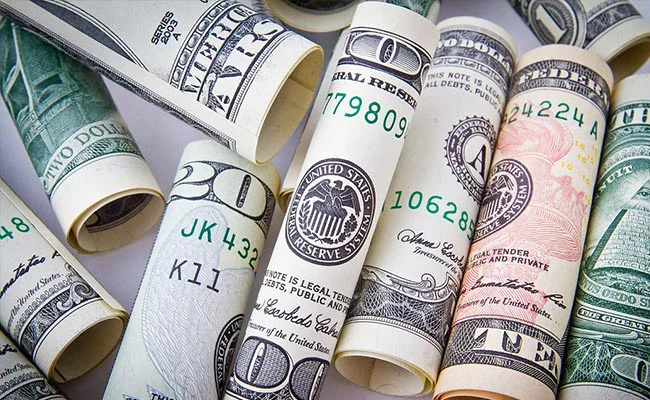RBI’s Attempt To Flush Excess Dollars Offers Lucrative Trade For Banks

[ad_1]
Biggest beneficiaries have been the foreign banks, which have easy access to large dollar stockpiles
The Reserve Bank of India’s attempt to flush out excess U.S. dollars from the nation’s markets has offered a unique arbitrage opportunity for some banks. Lenders are using a regulatory loophole to profit from trading in the currency forward markets, according to people with knowledge of the matter. A large bank could easily rack up exposures of more than $1 billion, multiple traders said, asking not to be identified as the deals aren’t public.
The strategy revolves around a February regulation change that dropped exposure limits local banks have to other sovereign assets, such as U.S. Treasuries, which allowed them to take advantage of a spread in the dollar-rupee markets. The RBI’s extensive intervention had driven implied 12-month yields for the currency pair to the highest in more than four years.
The biggest beneficiaries have been foreign banks in the nation, which have easy access to large dollar stockpiles, the people said. As the biggest buyer of the greenback in the forwards market, the RBI is effectively funding some of the trading profits.
Here’s how it works. Banks would convert rupee deposits into dollars using a buy-sell swap — buying the greenback now while selling the same amount at a specified date in the future. They use the proceeds to purchase Treasuries, under the newly-relaxed RBI rule. The return is in the arbitrage: they pay around 3.5% on local currency deposits, while earning 4.9% on the one-year forward premia.
In discussions, the central bank had made it clear that the lenders should deploy dollars from their own stockpile and not use swaps to make investments under the newly relaxed rules, the people said. However, the written rules don’t define what constitutes the banks’ resources to be used for investments — creating a loophole for the lenders to get more greenback through swaps.
Since there are no longer any limits on how much these banks can invest abroad, there are — at least from a regulatory perspective — no caps on the exposures they can have.
Relaxed Rules
The trades aren’t illegal and there’s no suggestion of wrongdoing. An email to an RBI spokesman on Tuesday afternoon was unanswered.
When RBI Governor Shaktikanta Das made the rule change on banks exposure to foreign assets two months ago, the expectation was that it would drive the lenders to use their excess dollars to buy Treasuries, rather than flood the local market with the greenback.
While the banks have done so, they are profiting from the currency markets. To be sure, the February rule-change and these trades have helped to lower the 12-month forward premia to 4.9% from 5.4%, trimming hedging costs for companies.
The RBI had been mopping up capital inflows — driven by a buoyant stock market and acquisitions — to such an extent that its foreign-exchange reserves grew to be the world’s fourth-largest. The intervention done through the spot market and sterilized in forwards led to a surge in the 12-month rate.
As a result, the central bank’s long-dollar books jumped to $47.4 billion at end-January from a negative $4.9 billion in March 2020.
(Except for the headline, this story has not been edited by NDTV staff and is published from a syndicated feed.)
[ad_2]
Source link

